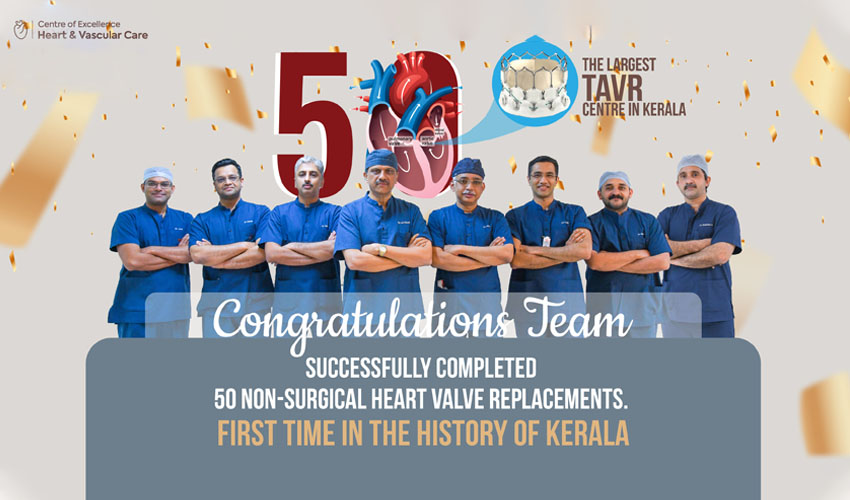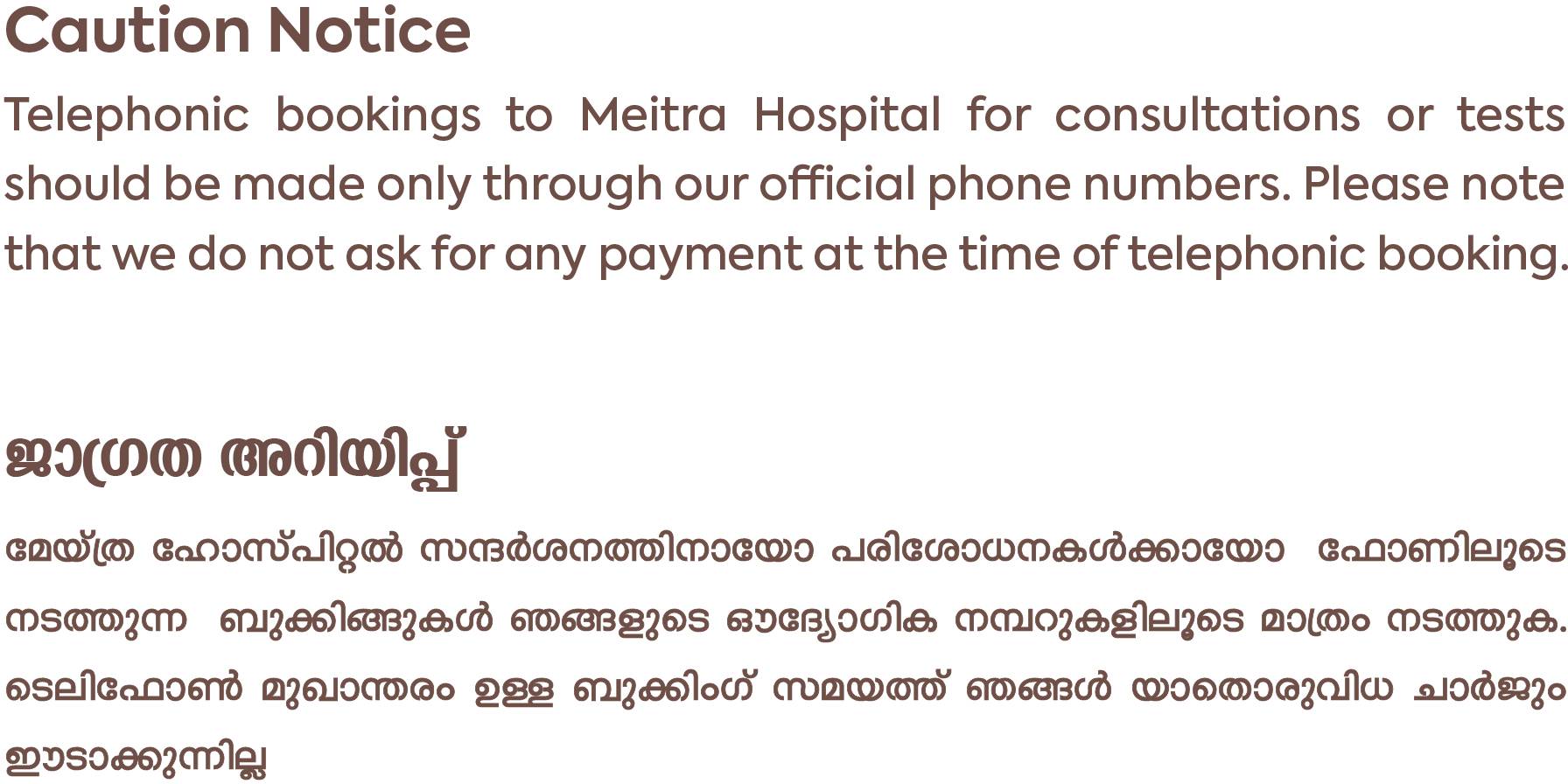- Our Doctors
- Our Specialities
Centres of Excellence
-
 Centre for Blood Diseases, BMT & Cancer Immunotherapy
Centre for Blood Diseases, BMT & Cancer Immunotherapy -
 Centre for Bone, Joint & Spine
Centre for Bone, Joint & Spine -
 Centre for Critical Care Medicine and ECMO Services
Centre for Critical Care Medicine and ECMO Services -
 Centre for Gastrosciences
Centre for Gastrosciences -
 Centre for Heart & Vascular Care
Centre for Heart & Vascular Care -
 Centre for Nephro-Urosciences
Centre for Nephro-Urosciences -
 Centre for Neurosciences
Centre for Neurosciences -
 Centre for Obstetrics and Gynaecology
Centre for Obstetrics and Gynaecology -
 Centre for Organ Transplantation
Centre for Organ Transplantation
Super Speciality
-
 Advanced Diagnostic and Interventional Radiology
Advanced Diagnostic and Interventional Radiology -
 Anesthesiology & Pain Management
Anesthesiology & Pain Management -
 Clinical Nutrition and Dietetics
Clinical Nutrition and Dietetics -
 Dental and Maxillofacial Surgery
Dental and Maxillofacial Surgery -
 Dermatology
Dermatology -
 Emergency and Trauma
Emergency and Trauma -
 Endocrinology and Metabolic Disease
Endocrinology and Metabolic Disease -
 ENT and Head & Neck Surgery
ENT and Head & Neck Surgery -
 Family Medicine
Family Medicine -
 General and Laparoscopic Surgery
General and Laparoscopic Surgery -
 General Medicine
General Medicine -
 GI Onco Surgery
GI Onco Surgery -
 GI Oncology
GI Oncology -
 GI Surgery, Advanced Laparoscopy and Gastro Oncosurgery
GI Surgery, Advanced Laparoscopy and Gastro Oncosurgery
-
- Key Procedures
- Our Hospitals
- International Patient
- Contact us
-
Quick Links


Pacemaker Surgery
Pacemaker surgery is a safe and minimally invasive procedure performed as a minor surgery. An implantable device, known as a pacemaker, helps regulate abnormal heart rhythms (arrhythmias) by sending electrical impulses to the heart muscles, ensuring a steady and synchronized heartbeat. This small device, equipped with advanced sensors, constantly monitors the heart's rhythm, delivering precise electrical signals when necessary.
Procedure Details:
Depending on the type of pacemaker used, you’ll undergo a catheter-based, vein-based or surgical-based approach. The goal is to help you feel less pain, recover faster and get back to your life sooner.
Catheter-based approach: This method is used with leadless pacemakers, which only treat conditions involving a single chamber of your heart. A specialist inserts a catheter (a tube-like device) into an artery and passes it through to your heart. Once inside, it’s attached to the wall of your heart.
Transvenous (through a vein) approach: During this procedure, a specialist makes a small incision to access a vein near your heart. This is usually a vein that runs underneath your collarbone, to your arm or to your neck. Using fluoroscopy (a type of X-ray), the specialist places the lead wires through the vein and attaches them to a point on your heart. The lead will then be attached to the pacemaker device itself, which is placed into a small “pocket” under the skin of your upper chest.
Surgical-based (epicardial) approach: Your surgeon creates a small incision in your chest and inserts the lead(s) through that incision, and then attaches the lead(s) to your heart. The surgeon then connects the lead(s) to the pacemaker. The pacemaker is inserted into a “pocket” under the skin of your abdomen.
Latest Developments in Structural Heart Disease Interventions | Dr. Asish Kumar Mandalay
Meet Our Doctors
Frequently Asked Questions:
How long does pacemaker surgery take, and what is the recovery time?
The actual pacemaker surgery typically takes around 1-2 hours, although the duration may vary depending on individual factors. After the surgery, patients are usually required to stay in the hospital for a day or two for monitoring and recovery. Most individuals can resume their normal activities within a few days to weeks, although strenuous activities and heavy lifting may need to be avoided for a few weeks.
Is pacemaker surgery safe?
Pacemaker surgery is considered safe and has a high success rate. The procedure is performed by skilled cardiac surgeons in a sterile operating room environment. However, like any surgical procedure, there are some risks involved, such as infection, bleeding, or a reaction to anesthesia. Your healthcare team will thoroughly evaluate your condition and discuss the potential risks and benefits with you before the surgery.
What lifestyle changes are necessary after pacemaker surgery?
Following pacemaker surgery, most individuals can resume their regular daily activities. However, certain precautions are advised, such as avoiding vigorous contact sports or activities that may involve strong magnetic fields, as they can interfere with the pacemaker's function. It's important to maintain regular follow-up appointments with your cardiologist to monitor the pacemaker's performance and make any necessary adjustments.

 +91 9393 108 108
+91 9393 108 108

















































